Although a species was not identified, it has been determined that the species is from the Bacillus genus. It is possible that the isolated colony could be Bacillus aerius, Bacillus stratosphericus, or Bacillus altitudinis, which are all gram positive.
- Bacillus aerius has an irregular white aerobic colony when grown on a nutrient agar plate. It has been isolated from a oil palm plantation in Kuala Selangor, Malaysia.
- Bacillus stratosphericus grows an irregular white aerobic colony on a nutrient agar plate. B. stratosphericus has been found by collected an air sample from a high altitude in Hyderabad, India.
- Bacillus altitudinis has been found to grow a white aerobic colony of a nutrient agar plate. It has been previously collected by a balloon air sample at a high altitude in Hyderabad, India.
References:
- Oke MA, Ishola MM, Taherzadeh MJ, Annuar MSM, and Simarani K. 2016.Effects of Pretreatment of Single and Mixed Lignocellulosic Substrates on Production of Endoglucanase by Bacillus aerius S5.2. BioResources 11(3): 6708-6726.
- Shivaja, S et al. 2006. Bacillus aerius sp. nov., Bacillus aerophilus sp. nov., Bacillus stratosphericus sp. nov. and Bacillus altitudinis sp. nov., isolated from cryogenic tubes used for collecting air samples from high altitudes. Int J of Syst and Evol Microbiol. 56:1465-1473
Date Collected: Feburary 9, 2017
Methods for isolation and identification:
- Thirty milliliters of surface water was collected from the surface of Buffalo Creek near at Lancer Park (Figure 1). A serial delusion was performed on the water samples and was spread across nutrient agar plates with sterile hockey sticks. The plates were stored at room temperature for four days.
- A light beige colony (Figure 2) was isolated by performing a PCR amplification for 16S rRNA gene sequencing.
- In order to identify both the genus and species of the isolated bacteria, the PCR product was digested with MspI and sequenced.
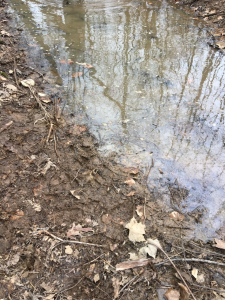
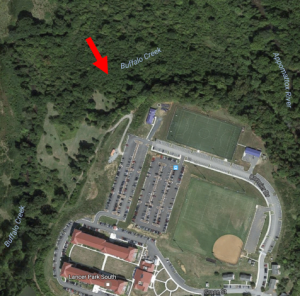
Figure 1. Site of collection
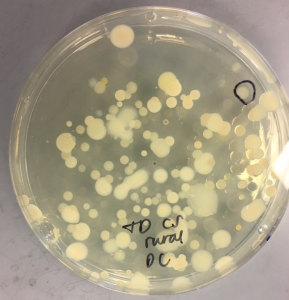
Figure 2. Colony isolated for identification
Results:
- MspI digestion (Figure 3): A 1,070 base pair product was amplified by the PCR. Two bands were identified at about 538 and 1,500 base pairs after digestion with MspI.
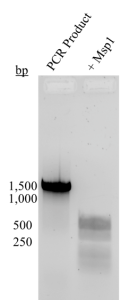
Figure 3. Results of PCR and MspI digestion
- Sequence analysis (Figure 4): The sequenced PCR product generated 801 bases of high-quality reads that were used to identify the genus of the isolated colony. The chromatogram of the sequence is available as a pdf (14R_PREMIX_JF7523_18). The NCBI BLAST analysis revealed 99% identity with bases 50-850 of the 16s RNA gene of Bacillus aerius, Bacillus stratosphericus, and Bacillus altitudinis (Figure 4).
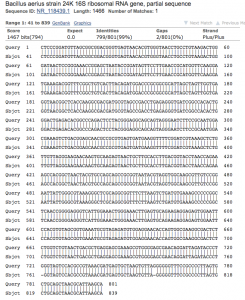
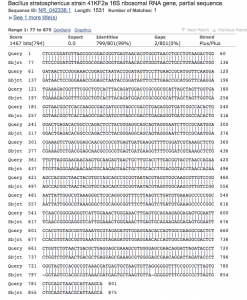
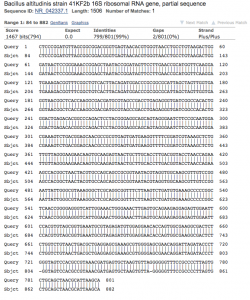
Figure 4. NCBI BLAST analysis of top three matches
Contributed by:
- Catherine Swinsky, BIOL 250 Spring 2017, Group 14
- Tessa DeWalt, BIOL 250 Spring 2017, Group 14